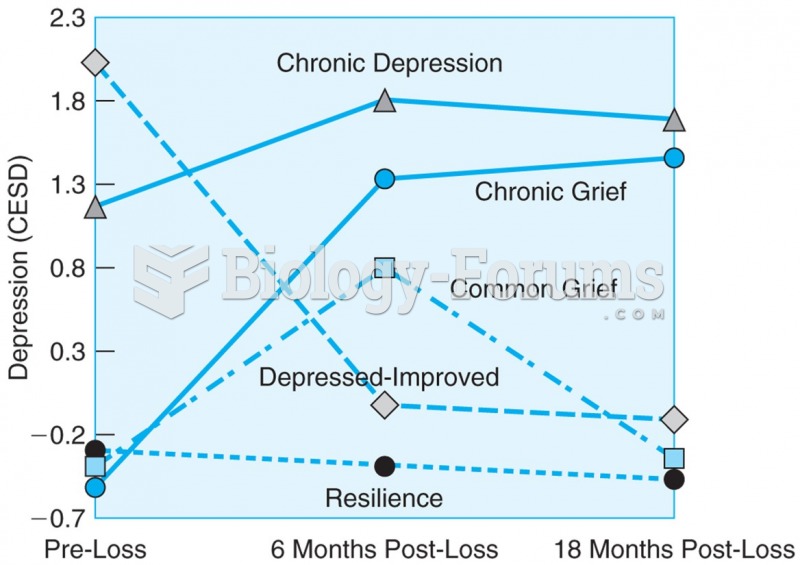Answer to Question 1
Answer: The common law crime of rape entailed the forcible sexual intercourse (carnal knowledge) with a woman. However, a man could not be charged with raping his wife, and even some modern statutes included the term not the spouse of the offender as an element of the offense. The Model Penal Code and some states recognize a partial spousal rape exception for spouses who are living together. For the exception not to apply, the couple must be legally separated. Also, the crime requires penetration, however slight, by the male penis with the female vagina. Compare statutory language in your jurisdiction for elements of the offense. The force needed to commit the crime of rape does not need to be overtly physical or brutal. The force needed is that which is sufficient to overcome the will of the victim, and is relative to the respective age, size, strength, influence, and even relationship between the parties. The element of force directly relates to the requirement that the act take place against the will of the victim. Thus, although the will of the victim may be overcome by force or the threat of force in varying degrees, this may necessarily lead to issues of proof for the prosecution. Consent, unless the victim is incapable of giving consent, is usually a complete defense to the crime. That consent cannot be the product of force, threat of force, or anything that vitiates the product of a free will by the victim, such as a drug-induced state. A victim is incapable of giving consent if unconscious, intoxicated, mentally incapacitated, or has not reached the age of majority or that age defined by the legislature as being capable of giving consent. A minor cannot give consent to sexual activity, and such an offense constitutes the crime of statutory rape. In many jurisdictions this is a strict liability offense.
Answer to Question 2
Answer: The following must be in the answer:
a. Stalking usually requires the perpetrator and the victim to be located in the same geographic area; cyberstalking may be locate across the street or across the country.
b. Electronic communication technologies make it much easier for a cyberstalker to encourage third parties to harass or threaten a victim.
c. Electronic communication technologies also lower the barriers to harassment and threats; a cyberstalker does not need to physically confront the victim.







